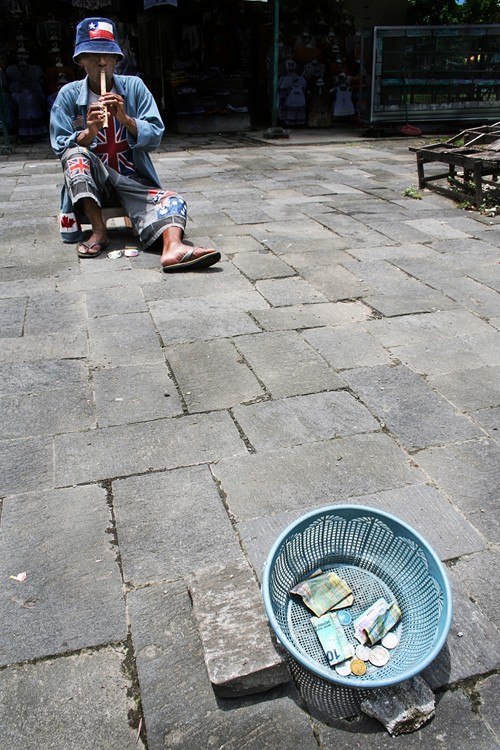
Here are some guidelines that can assist you in developing your photography skills.
Always Carry Your Camera Everywhere
The main reason being that you can miss those great photographic opportunities because you don’t have you camera with you. Make it a habit of carrying your camera with you everywhere you go because you never know what you’ll encounter that day. Buy a camera bag and bringing along your camera will not be a hassle. Also, a good camera bag protects your camera from any bumps and scratches. Bags with a layer of foam or a thick outer layer is the wisest buy. If you think you main camera is too bulky to bring everywhere, you should purchase a compact camera that can be your day-to-day companion. Or nowadays, there’s plenty of different camera phones to choose from that’ll satisfy your daily photography needs. Here are some tips to help you choose a camera phone wisely.
Shoot more Photographs
Don’t ever think that you’ve shoot enough photos, especially if you’re an owner of a digital camera. Digital camera’s photographs are kept in digital form (files), so no need to buy rolls of film every time you are about to shoot. Sure it may take up memory space, that any disappointing photographs can always be erased. Why take just one shot if you can take as many as you can? Don’t hesitate to take as many photographs as you need, because you never know, you might not get a chance to visit the place you’re photographing ever again. Take plenty of photographs, because a scenery you visit or go through every day now may deem itself historical in the near or far future! But in your photographing, you still need to keep in mind the expiration of the shutter with extended use. So though you definitely are encourage to take plenty of photographs, know when you’re being wasteful.
Trust your Eyes
Learning the rules of composition is commendable, but those rules sometimes do not apply and there are times when you’ll just have to trust your eyes and your instincts. When we’re photographing a certain object, move or rotate your camera and explore the surrounding sceneries. When you’ve found an angle that you think is best for your shot, go ahead and shoot. Rules of composition in photography is only constructed to ease the learning process, and once you’ve understood the basics of composition, then you’re free to explore your own style.
Train your Eyes
Examine closely the photographs you’ve taken. Try to find any areas that you can make improvements and criticize your own work. Do those photos satisfy your goal of a good photograph? Do you like the composition? The reevaluation of your past photographs is essential to the improvement of your skills. A good photographer is one that can easily criticize his/her own work.
Get to Know your Camera
You don’t need to memorize very single feature of your camera all in one go. It’s easier to practice and get to know them one by one through your daily photography activities. Make a habit of toggling with your camera’s feature, and have a practice session dedicated to each feature. With that, you’ll quickly learn when and where those features will come in handy; which to use when photographing certain objects (such as photographing portraits and which else to use when photography sceneries.
Always Work with Copied Files
This applies for us photographers in the digital camera era. Before processing your photographs, make sure that the ones you process are the duplicates. Always keep in mind that the originals are valuable and by not altering it, you can always go back to the originals when you make mistakes. Digital image processors or organizers usually include this feature.
















